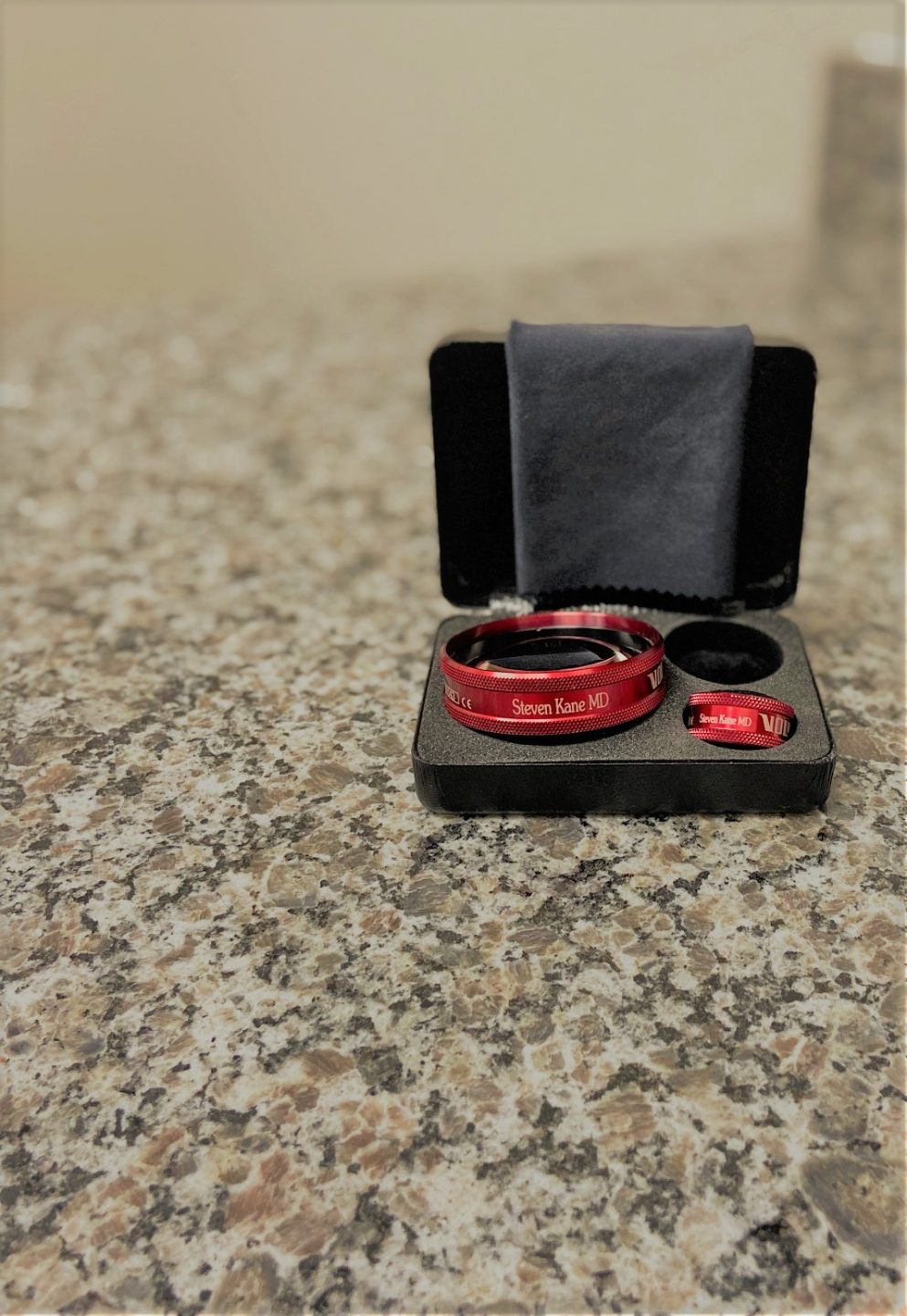What is Map Dot Fingerprint Dystrophy?
Map Dot Fingerprint corneal dystrophy is a condition that affects the surface of the eye. It goes by many different names, including Anterior Basement Membrane Dystrophy (ABMD), Epithelial Basement Membrane Dystrophy (EBMD), and Cogans Microcystic Dystrophy to name a few. The condition gets its name because the changes in the eye look like someone placed a fingerprint on the surface of the cornea.

